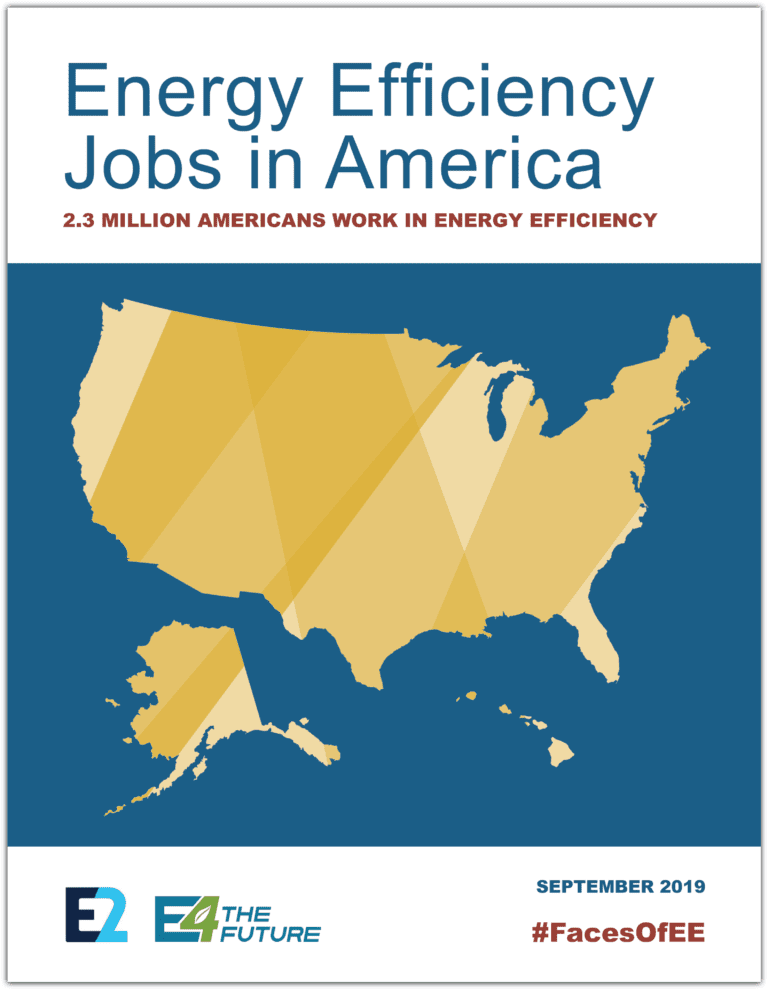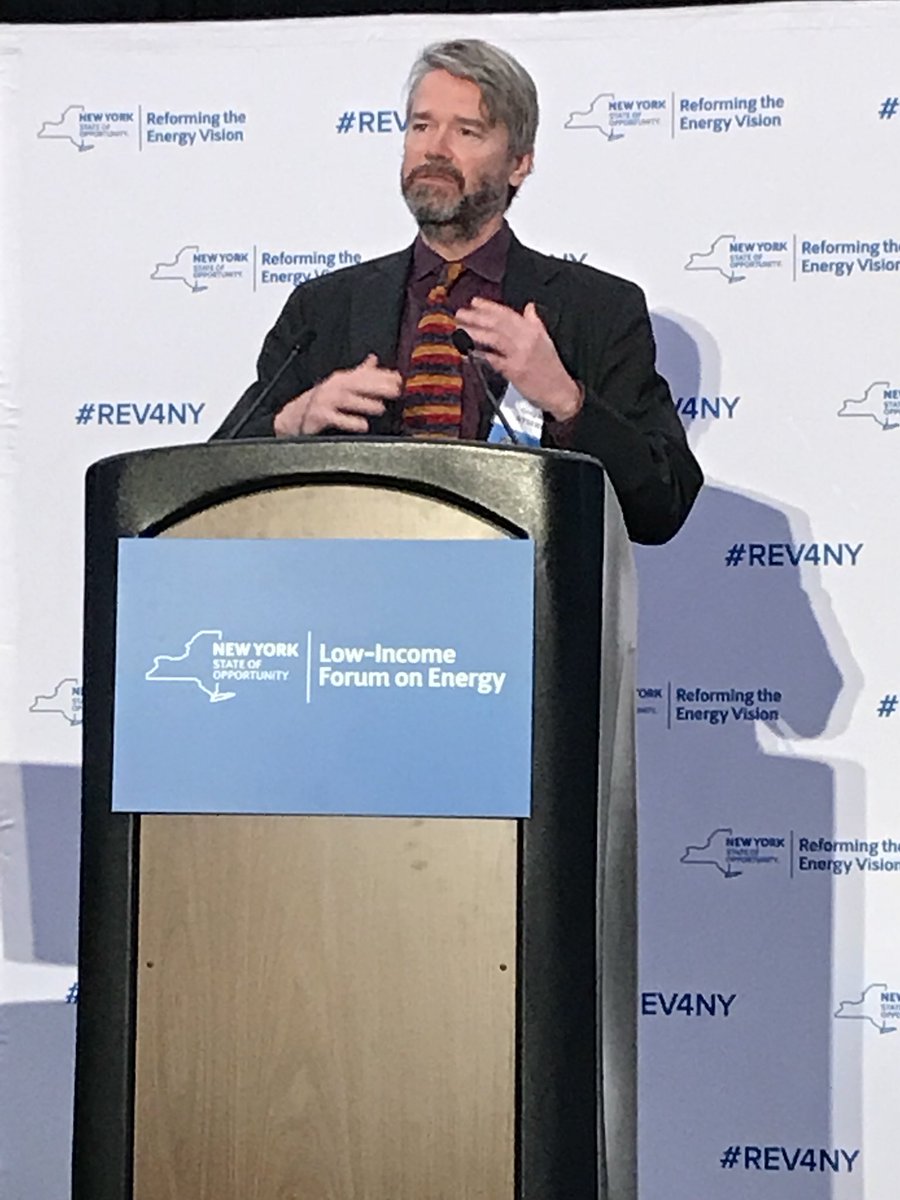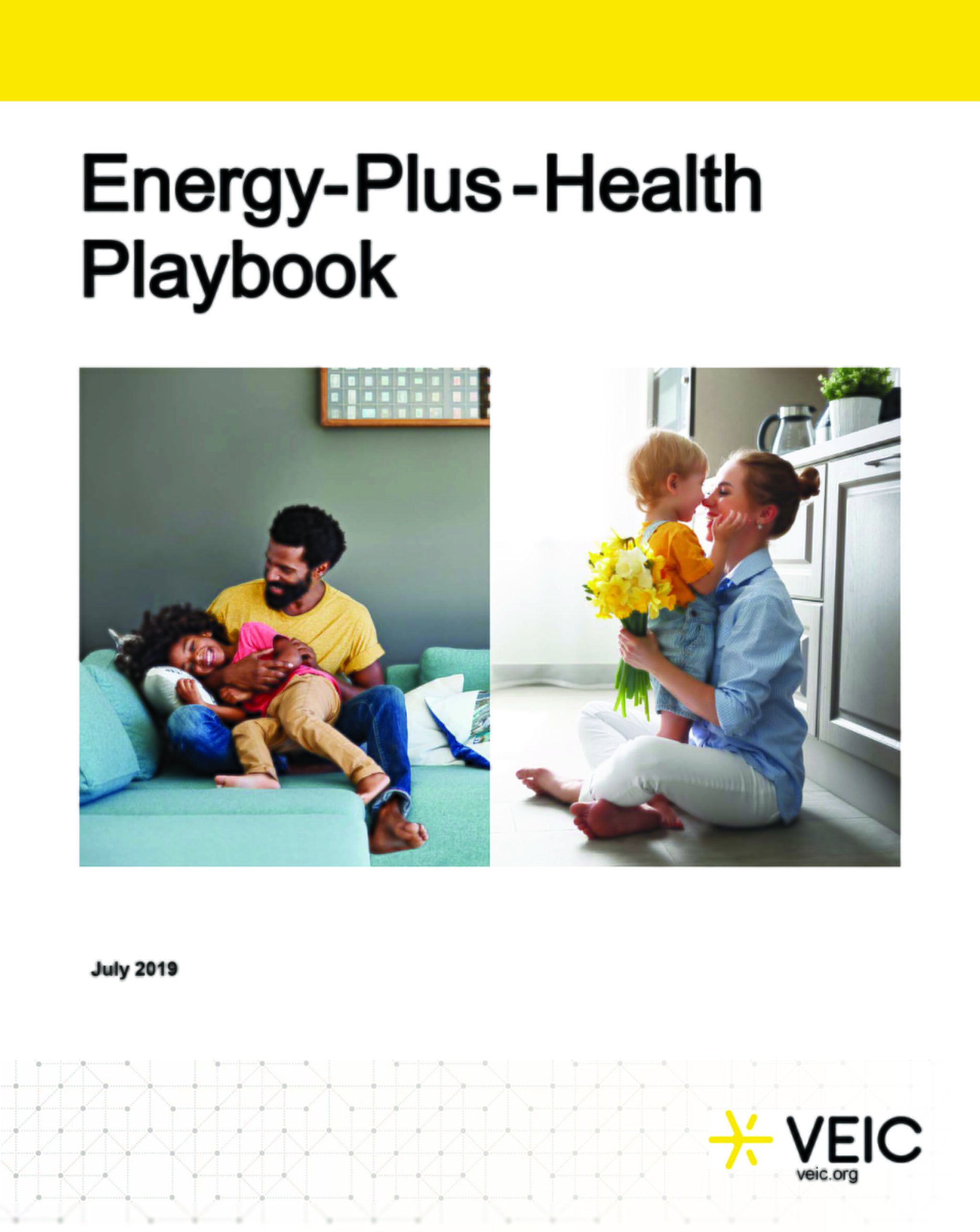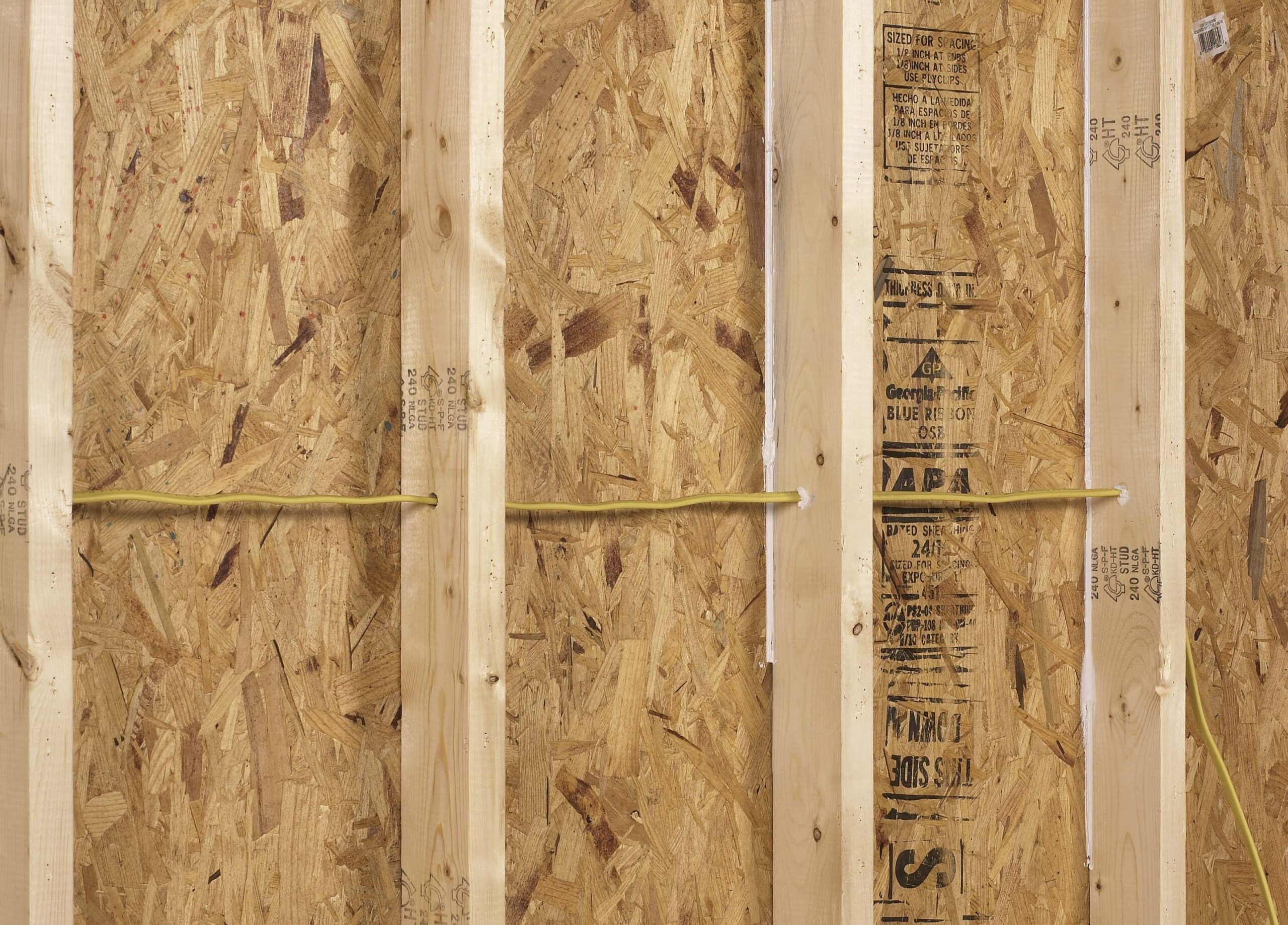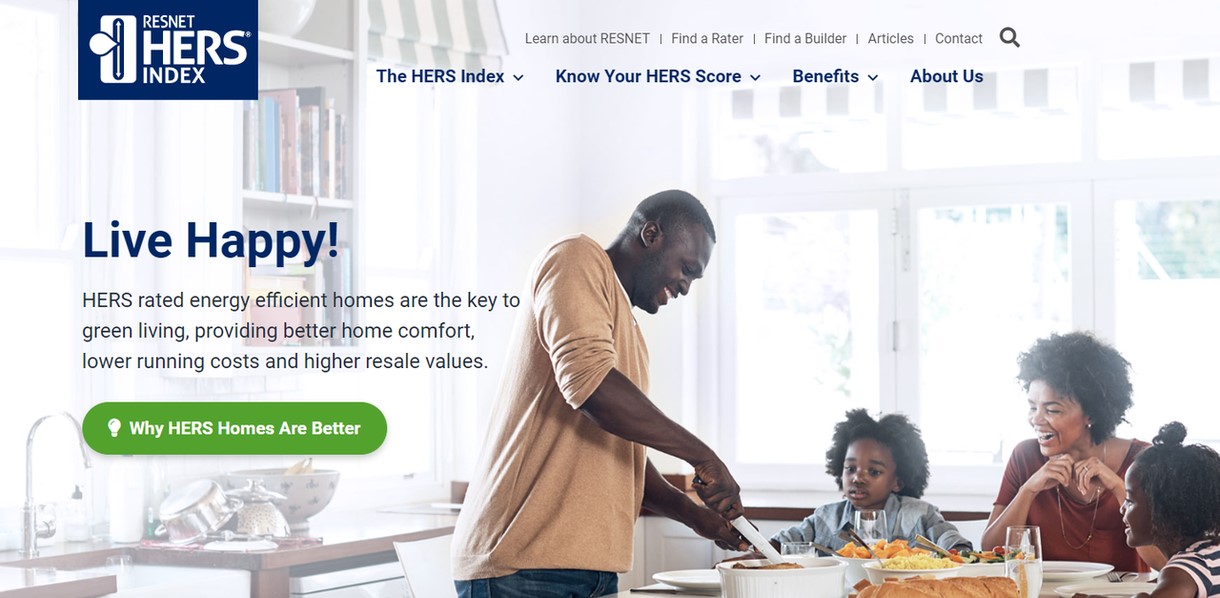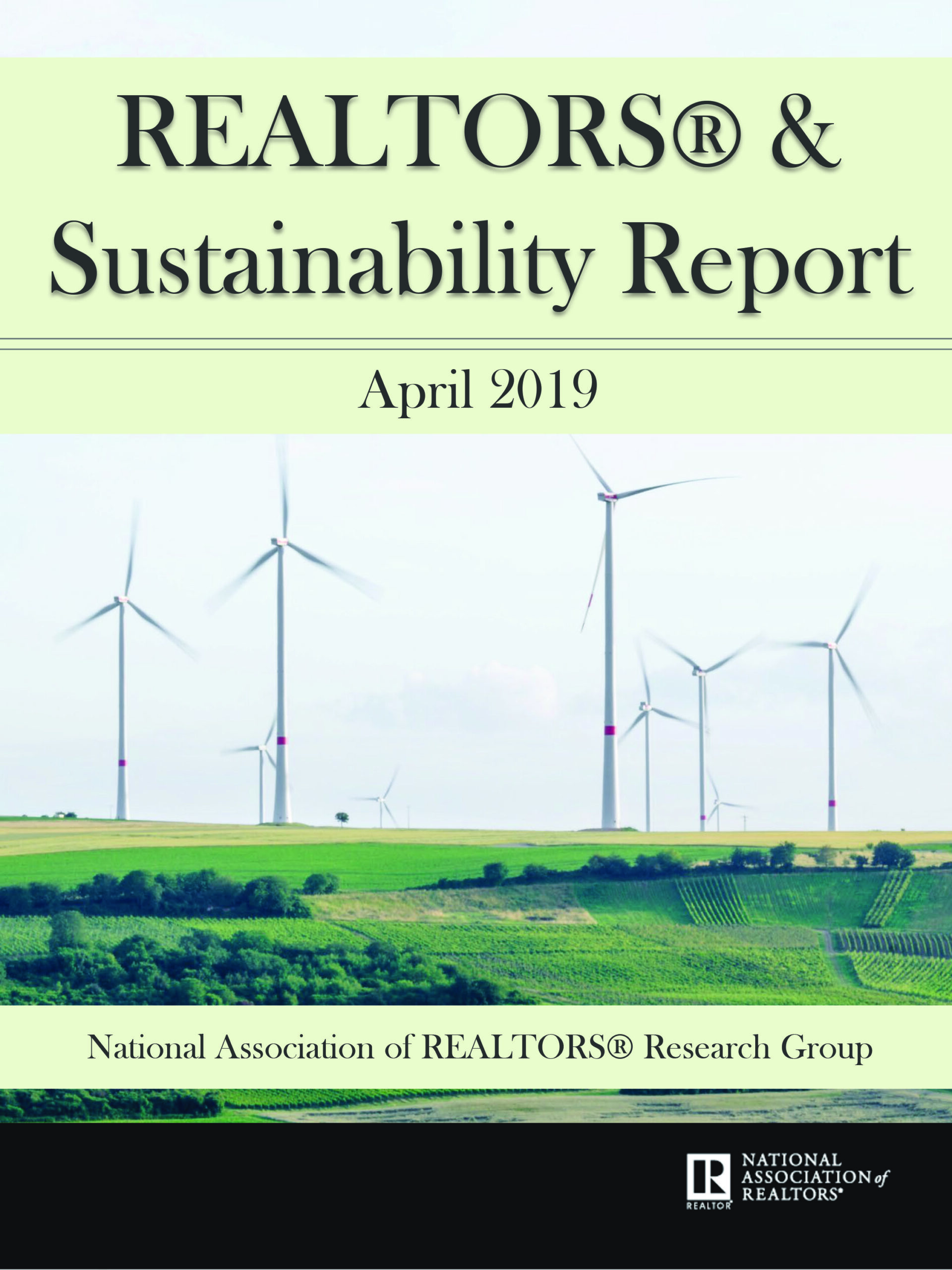E4TheFuture’s recently released 2019 report, “Energy Efficiency Jobs in America,” demonstrates the impressive growth of the energy efficiency workforce, which now numbers more than 2.3 million people. The annual report is based on data from the U.S. Bureau of Labor Statistics and is a comprehensive survey of thousands of businesses, using a methodology developed for the U.S. Department of Energy.
Details »Insulation Institute Blog
Posts By: Stacy Fitzgerald-Redd
Bentley’s 4 Rules for High-Performance Homes
Jeff Bentley is a fifth-generation home builder who’s built more than 4,000 houses and sold more than 2,000 homes in more than 45 years in residential construction. He’s also a HERS rater, LEED Green Builder and REALTOR® whose counsel on energy-efficient home building is highly sought after. Insulation Institute reached out to Bentley to find out what practices can help builders meet more stringent energy efficiency code requirements and dramatically improve the way homes are built in America. Here are Bentley’s four rules for High-performance Homes.
Details »Award-Winning Builds…Even at the Low End
For the second time in three years, North Carolina Builder Shawn Jessup has won a U.S. Department of Energy (DOE) Housing Innovation Award. While Jessup’s scale may be small, at two to three builds per year, he is in high demand. S.D. Jessup Construction fields constant requests from potential customers in Raleigh, NC and other areas more than two hours away from their Pilot Mountain, NC base. Insulation Institute reached out to Jessup to get the scoop on his formula for constructing award-winning homes.
Details »Builder-to-Buyer Flood Risk Education
An astonishing 98 percent of U.S. counties have been impacted by a flood event, according to the Federal Emergency Management Agency (FEMA) and floods are the number one natural disaster in the United States. Moreover, the increasing weather risks associated with global climate change means that homebuyers should consider flood insurance, even if they don’t live in a floodplain.
Details »3 Basics for Visibly Great Insulation Jobs
We’ve seen hundreds, if not thousands of photos of fiberglass insulation jobs here at NAIMA, some good, some not so good…and some superb. When we came across Yudah Schwartz’s post on LinkedIn, it immediately caught our attention because we recognized an exceptional batt insulation job. The precision shown in installing the batts properly was clearly visible in the photos. So, we wanted to know more. He recently shared his views on the three essentials to getting visibly great insulation jobs.
Details »A Model for the Net Zero Built Environment
New York State Energy Research and Development Authority (NYSERDA) has some of the most advanced policies and programs in the country to support a net zero built environment for existing and new construction homes. Other states would do well to follow their lead.
Details »The Case for Energy-Plus-Health Programs
Transformations taking place in both the home energy efficiency arena and healthcare are coming together in ways that present opportunities for these industries to work collaboratively to improve outcomes for customers. VEIC, a sustainable energy company with a mission to enhance the environmental and societal benefits of clean and efficient energy use for all people, is out with a new Energy-Plus-Health Playbook. The playbook examines a three-tiered approach to targeting unhealthy and substandard existing housing conditions that cause energy burdens and compromise the household health of low- and middle-income customers.
Details »You Have One Job: Insulation or Air Sealing
One of the best ways to keep informed of building industry trends and learn insights from industry experts is reading blogs and publications. However, sometimes, these sources can leave readers confused about the fundamentals of building science, the performance of building products, and ultimately, share misleading information. Frequently, writers conflate the role of insulation and air sealing, so it’s important to examine the difference.
Details »RESNET Launches New HERS for Consumers Site
With nearly one-quarter of new homes carrying a HERS rating, consumers in the energy-efficient home market need to understand why this metric, similar to the miles-per-gallon rating of new cars, is key to evaluating a home’s energy efficiency. To help consumers better understand HERS ratings and the benefits of a HERS-rated home, Residential Energy Services Network (RESNET®) has launched a new consumer website and will conduct a consumer campaign this year to increase awareness.
Details »Do Realtors Get “Sustainable” Construction?
Green or sustainable construction is estimated to make up one-third of single-family and multifamily home construction, and that number will likely increase to roughly 50 percent by 2022.[1] Such energy-efficient homes are in high demand among buyers because they are less costly to own, more comfortable, and generally command a higher resale value than standard code-built homes.[2] Real estate professionals who are knowledgeable about sustainable or energy-efficient features in homes can be a source of education and information for potential buyers, but their knowledge of such features and their impact varies. A new report from the National Association of Realtors® looks at realtors’ knowledge of sustainability in the industry and provides insights into the extent to which green features appeal to buyers.
Details »
